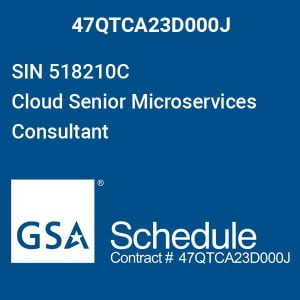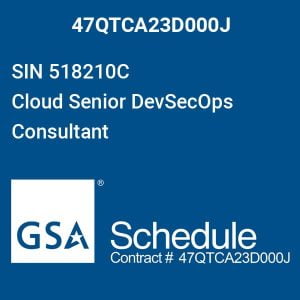federal cloud computing
Federal cloud computing represents a pivotal shift in the way government agencies in the United States deliver services, manage data, and harness technology to meet the evolving needs of citizens. This transformative approach leverages cloud technologies to streamline operations, enhance security, and foster innovation, ultimately redefining the landscape of public administration.
- Defining Federal Cloud Computing:Federal cloud computing refers to the adoption of cloud-based technologies and services by government agencies at the federal level. This includes the use of Infrastructure as a Service (IaaS), Platform as a Service (PaaS), and Software as a Service (SaaS) models to deliver a wide range of applications, data storage, and computing power.
- The Federal Cloud Ecosystem:The federal cloud ecosystem comprises a diverse set of agencies, each with its unique missions and requirements. From defense and healthcare to education and transportation, federal agencies leverage cloud solutions to enhance efficiency, reduce costs, and provide better services to citizens.
- Key Drivers of Adoption:Several factors have driven the adoption of federal cloud computing:
- Cost Efficiency: Cloud computing allows agencies to reduce capital expenditures, shifting to an operational expense model. This cost efficiency is especially crucial in times of fiscal constraints.
- Scalability: The cloud provides agencies with the ability to scale resources up or down rapidly in response to changing demand, ensuring optimal resource utilization.
- Accessibility: Cloud services enable government employees to access critical applications and data remotely, promoting flexibility and telework opportunities.
- Security and Compliance: Cloud providers invest heavily in security measures, helping agencies meet stringent federal compliance and cybersecurity standards.
- Innovation: Cloud computing fosters innovation by providing agencies with access to cutting-edge technologies, such as artificial intelligence (AI), machine learning, and data analytics.
- Benefits of Federal Cloud Computing:
- Enhanced Efficiency: Cloud computing streamlines operations through automation, reducing manual tasks and accelerating service delivery.
- Cost Savings: Agencies can realize significant cost savings by eliminating the need for on-premises infrastructure and reducing energy consumption.
- Scalability: The cloud’s elastic nature allows agencies to scale resources as needed, avoiding over-provisioning and underutilization.
- Data Accessibility: Cloud-based solutions facilitate data sharing and collaboration among agencies, enhancing information sharing and decision-making.
- Disaster Recovery: Cloud services include robust disaster recovery capabilities, ensuring data integrity and continuity of operations.
- Security: Cloud providers invest heavily in security measures, enhancing agencies’ ability to protect sensitive data and thwart cyber threats.
- Challenges and Considerations:Despite its many benefits, federal cloud computing also presents challenges:
- Security Concerns: While cloud providers offer robust security measures, agencies must still implement their security protocols and monitor for potential vulnerabilities.
- Data Governance: Managing data in the cloud requires clear governance policies to ensure data integrity, privacy, and compliance.
- Legacy Systems: Integrating legacy systems with cloud solutions can be complex, requiring careful planning and execution.
- Vendor Lock-In: Agencies must consider vendor lock-in risks and strategies for data portability.
- Data Sovereignty: Agencies must address issues related to data residency and international data transfer regulations.
- Federal Cloud Initiatives:The U.S. government has introduced several initiatives to promote federal cloud adoption:
- Cloud First Policy: This policy encourages agencies to consider cloud options before making new IT investments.
- FedRAMP: The Federal Risk and Authorization Management Program (FedRAMP) streamlines security assessments and authorizations for cloud products and services.
- TIC 3.0: The Trusted Internet Connections (TIC) 3.0 initiative provides guidelines for securing internet connections to cloud services.
- Future Trends:Federal cloud computing continues to evolve. Future trends include:
- Multi-Cloud Adoption: Agencies are exploring multi-cloud strategies to avoid vendor lock-in and enhance resilience.
- Edge Computing: Edge computing is gaining prominence, allowing agencies to process data closer to the source, reducing latency.
- AI and ML Integration: The integration of artificial intelligence and machine learning will enhance data analysis and decision-making.
In conclusion, federal cloud computing represents a transformative shift in government operations, enabling agencies to enhance efficiency, reduce costs, and foster innovation. Despite challenges, the benefits of federal cloud adoption are substantial, supporting the government’s mission to deliver better services to citizens and drive progress in the digital age. As cloud technologies continue to advance, federal agencies are poised to leverage even more powerful tools to meet their evolving needs.












